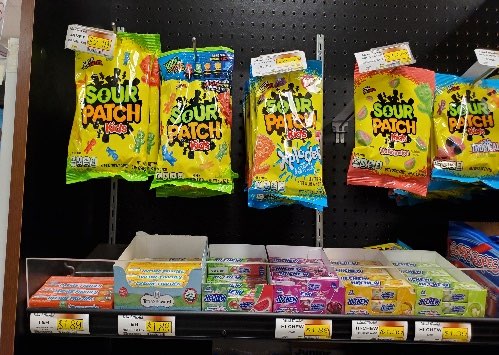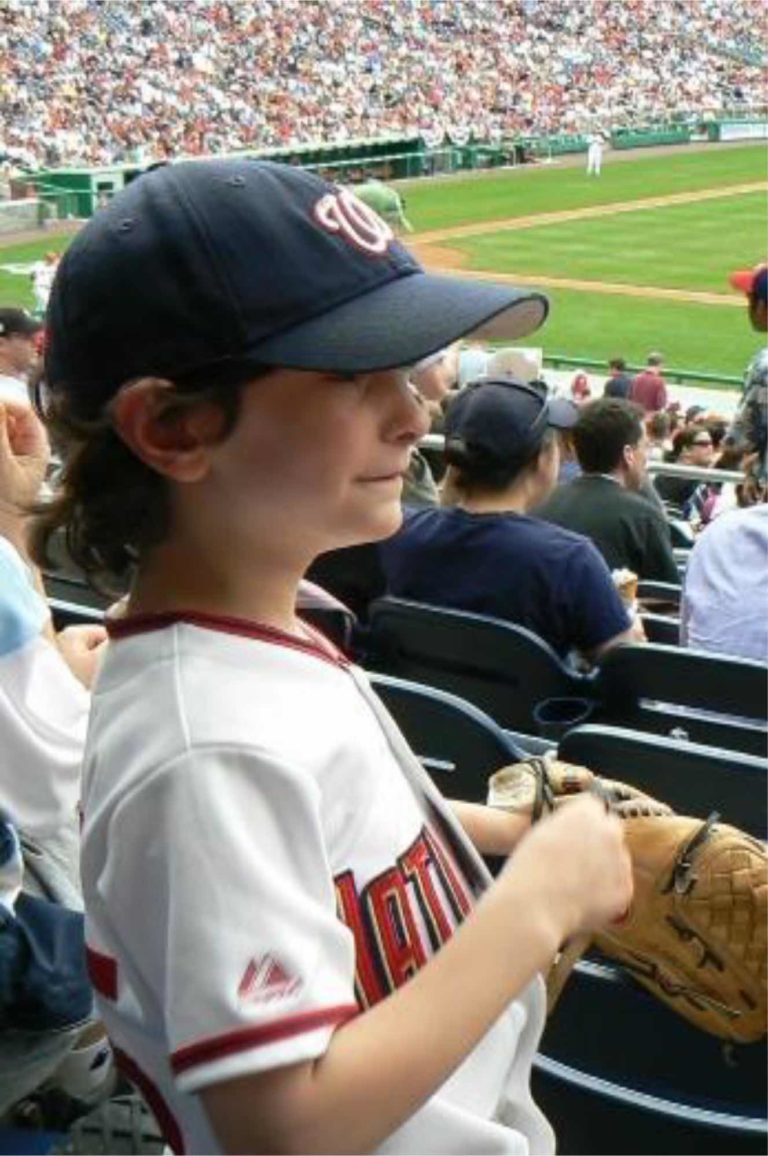I breeze down the vegetable aisle at the local supermarket and deliberate: baby arugula or the 50% mix of arugula and spinach? Then I secure two cartons of grape tomatoes, on sale. The almond butter I prefer is sold out. I get my second choice, Justin’s Classic. I don’t have my shopping list, but my almost photographic memory comes in handy: Clausen’s Kosher Dill Pickles, Starbucks Pike Place Roast, and in the meat and fish aisle I score Dover Sole and a small brisket. Before I head to the check-out line I look around. I don’t see anyone I recognize and quickly grab a neon yellow bag of Sour Patch Kids and tuck it behind the jar of pickles.
In New York City I could go to a grocery store and not be concerned about running into a patient. But since I’ve moved 2,928 miles away from NYC to a small island in the Pacific Northwest, everything I thought I knew about extra analytic information, information a patient receives about you outside of the office, has changed. I could never have imagined running on a treadmill next to a patient or dining in a restaurant where my patient and his family sit one table away.
So, what happens to the analysis when my patients and I encounter each other outside of the office?
By the time a patient finds their way to my office they’ve learned to maneuver small town life. In the first session, I remind them about my confidentiality because it’s unavoidable our paths will cross. I let patients know they can talk about their experiences about an outside encounter when we are in session, like the time my patient and I participated in New Year’s Day Polar Bear Dip. In this case we shared a shivering smile.
My patients also have feelings when I learn things about them outside of our sessions. For example, when I see them getting into a heated debate at a town hall meeting. Initially, navigating shared spaces was challenging, but now I appreciate the intimacy these interactions offer our work. The sacredness of the analytic relationship remains private, a moveable boundary traveling with me.
Especially in the candy aisle.



